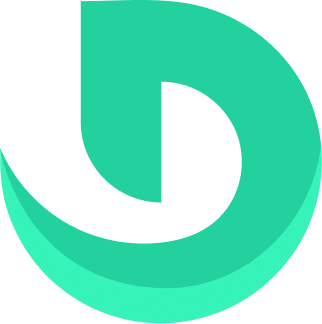Mobile app design stands at the intersection of user satisfaction and business objectives. To create a successful app, designers must strike a balance between fulfilling user needs and aligning with the overarching goals of the business. Here’s a guide on how to bridge the gap effectively:
1. User-Centric Approach
User Research: Start by understanding your target audience deeply. Conduct surveys, interviews, and usability tests to grasp user preferences, pain points, and behavior patterns.
Create User Personas: Develop detailed user personas that represent your target audience. This will guide design decisions based on the needs, goals, and behaviors of different user segments.
2. Define Clear Objectives
Business Goals: Align design strategies with business objectives. Identify how the app contributes to the overall business goals, such as increasing revenue, expanding user base, or enhancing brand visibility.
KPIs and Metrics: Define key performance indicators (KPIs) that measure the app’s success, such as user retention rates, conversion rates, or average revenue per user (ARPU).
3. Empathy-Driven Design
User Empathy: Put yourself in the user’s shoes. Design interfaces and features that resonate emotionally and functionally with users, addressing their pain points and enhancing their experience.
Balancing Needs: Synthesize user needs with business objectives. Prioritize features and functionalities that serve both user interests and the business’s bottom line.
4. Iterative Design Process
Prototype and Test: Create prototypes and conduct user testing iteratively. Gather feedback at each stage to refine the app’s design, ensuring it meets user expectations while fulfilling business objectives.
Agile Development: Embrace agile methodologies to facilitate flexibility and responsiveness in adapting to user feedback and evolving business needs during the development process.
5. Balancing Functionality and Simplicity
Functional Elegance: Provide necessary functionalities without overwhelming users. Streamline the user journey and interface, emphasizing simplicity while ensuring key features are readily accessible.
Value Proposition: Communicate the app’s value proposition clearly. Ensure users understand how the app addresses their needs while fulfilling business goals.
6. Data-Driven Decision Making
Analytics and User Feedback: Leverage analytics tools to gather user data and feedback. Analyze user behavior to refine the app’s features and functionalities, aligning them with business goals.
Iterative Improvements: Use data insights to drive continuous improvements. Iterate on the app based on user interactions, identifying areas for enhancement aligned with business objectives.
7. Collaboration and Communication
Interdisciplinary Collaboration: Foster collaboration between design, development, and business teams. Ensure clear communication to align everyone’s efforts towards common goals.
Stakeholder Alignment: Keep stakeholders informed about design decisions and their impact on user experience and business outcomes, fostering a shared understanding.
8. Measure Success and Adapt
Monitor and Adapt: Continuously monitor KPIs and user feedback post-launch. Adapt the app’s strategy based on real-time insights, making necessary adjustments to meet evolving user needs and business goals.
Long-Term Strategy: Develop a long-term roadmap for the app’s evolution. Balance short-term improvements with a vision for future iterations aligned with business growth strategies.
Conclusion
Effective mobile app design harmonizes user needs with business objectives, creating experiences that satisfy users while driving business success. By iteratively refining design through user-centricity, data-driven insights, and continuous collaboration, designers can create apps that resonate deeply with users and contribute significantly to the business’s bottom line.



